
European Journal of Pediatric Surgery
de Beaufort et al.
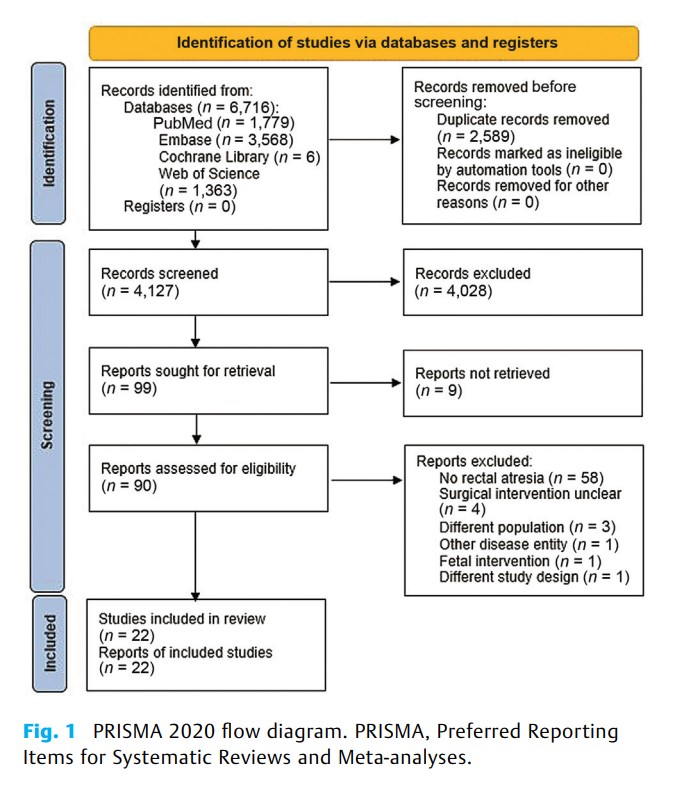
Rectal atresia (RA) affects only 1 to 2% of all children with anorectal malformations. No consensus on optimal treatment strategy is yet achieved. Therefore, the aim of this systematic review is to summarize all surgical interventions for RA and outcomes described in the current literature.
Journal of Pediatric Intensive Care
Optimizing Outcomes in Extracorporeal Membrane Oxygenation Postcardiotomy in Pediatric Population
Salha et al.
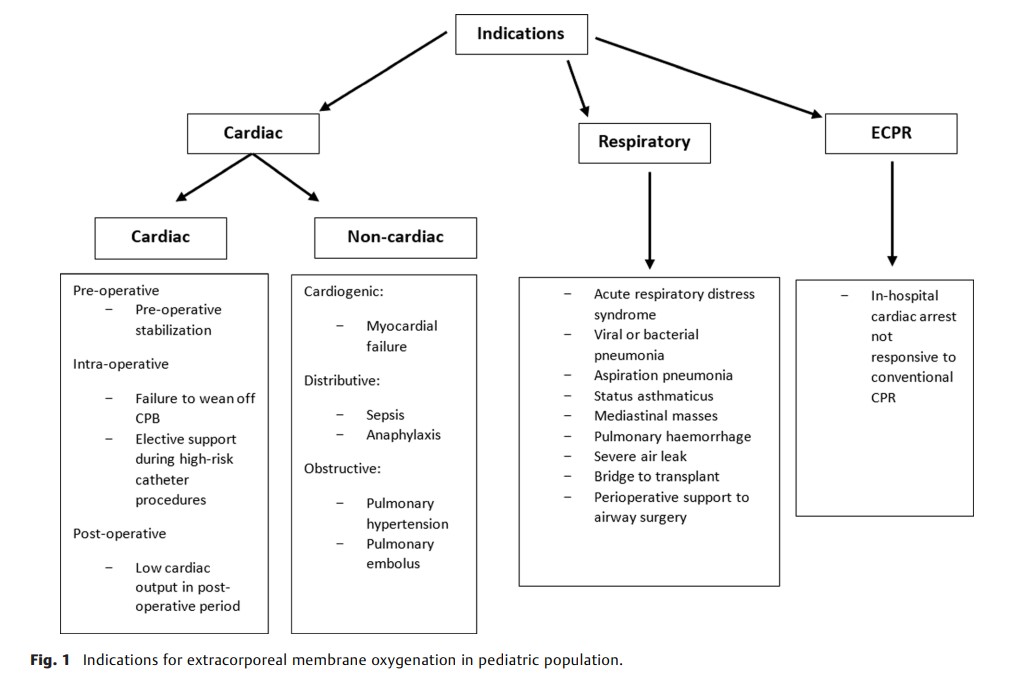
Extracorporeal membrane oxygenation (ECMO) is a rapidly emerging advanced life support technique used in cardiorespiratory failure refractory to other treatments. There has been an influx in the number of studies relating to ECMO in recent years, as the technique becomes more popular. However, there are still significant gaps in the literature including complications and their impacts and methods to predict their development. This review evaluates the available literature on the complications of ECMO postcardiotomy in the pediatric population. Areas explored include renal, cardiovascular, hematological, infection, neurological, and hepatic complications. Incidence, risk factors and potential predictors, and scoring systems for the development of these complications have been evaluated.
Journal of Pediatric Infectious Diseases
Emergence of Drug-Resistant Pathogens in a Neonatal Intensive Care Unit
Aydınlı et al.
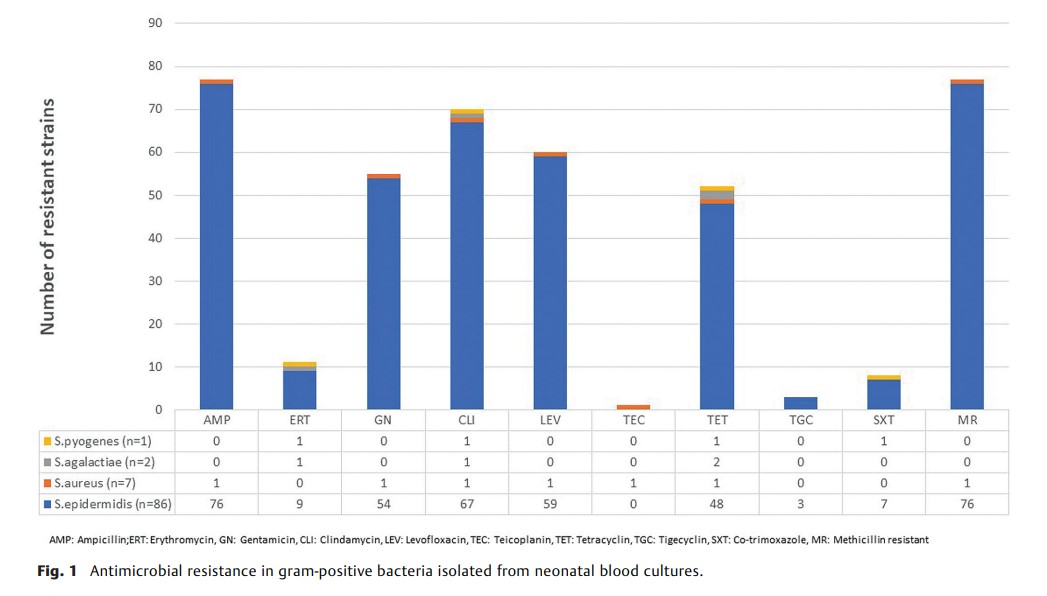
Neonatal bloodstream infections (BSIs) due to drug-resistant pathogens are a major cause of neonatal morbidity and mortality. Unfortunately, data regarding the pathogens and their resistance profile are limited in developing countries. The aim of this study was to determine the bacteriological profile and antimicrobial susceptibility patterns in neonatal BSI at a university hospital in Türkiye.
Journal of Pediatric Neurology
Jain et al.
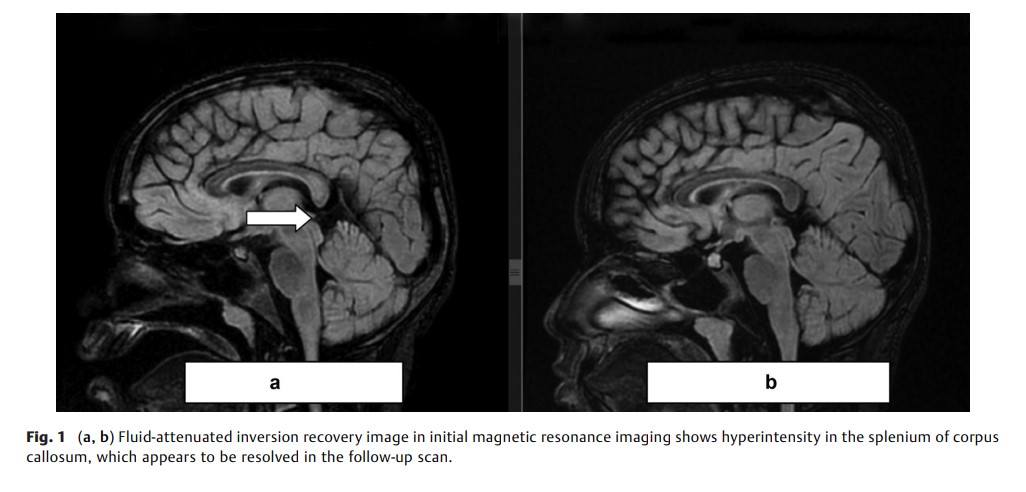
Metronidazole-induced encephalopathy is a rare cause of toxic encephalopathy in children. Although many cases have been reported in adults, it is rarely reported in the pediatric population. Here, we report a case of an 11-year-old boy who presented with acute-onset encephalopathy with slurring of speech after receiving metronidazole for treatment of acute gastroenteritis. Neuroimaging is the cornerstone in the diagnosis of this entity with typical involvement of cerebellum, brain stem, and splenium of the corpus callosum. In our case, magnetic resonance imaging of the brain revealed hyperintensity of the splenium of the corpus callosum on the fluid-attenuated inversion recovery sequence along with diffusion restriction in the diffusion-weighted imaging and apparent diffusion coefficient images. Rapid complete neurological and radiological recovery with supportive treatment is key in making the diagnosis. Although a safer and commonly used drug, new-onset encephalopathy after the use of metronidazole must be considered.
Journal of Pediatric Epilepsy
Type III Sturge Weber Syndrome, An Uncommon Cause of Status Epilepticus
Coronado-Lopez et al.
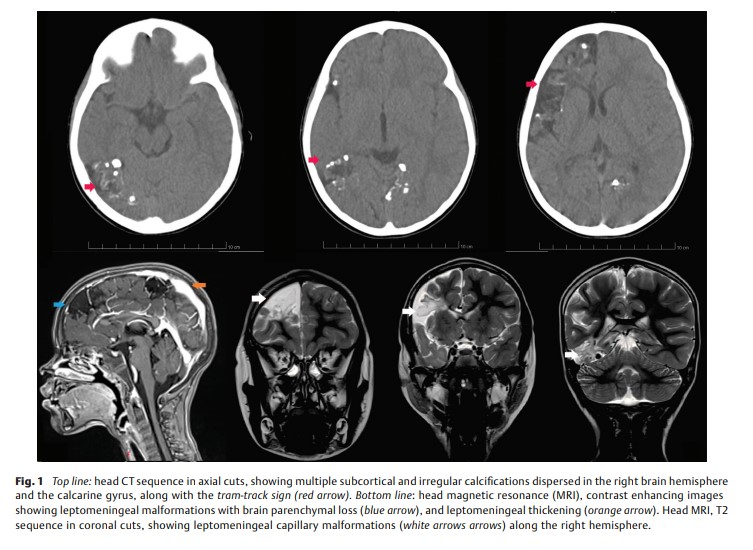
Sturge Weber syndrome (SWS) is a rare neurocutaneous condition due to the mutation of the GNAQ gen. This condition is characterized by skin, eye, and brain compromise, but the type III only affects the brain, making it a challenging condition to diagnose.
Neuropediatrics
Hyperventilation and Seizures: Not a New Sense: A Literature Review
Rana et al.
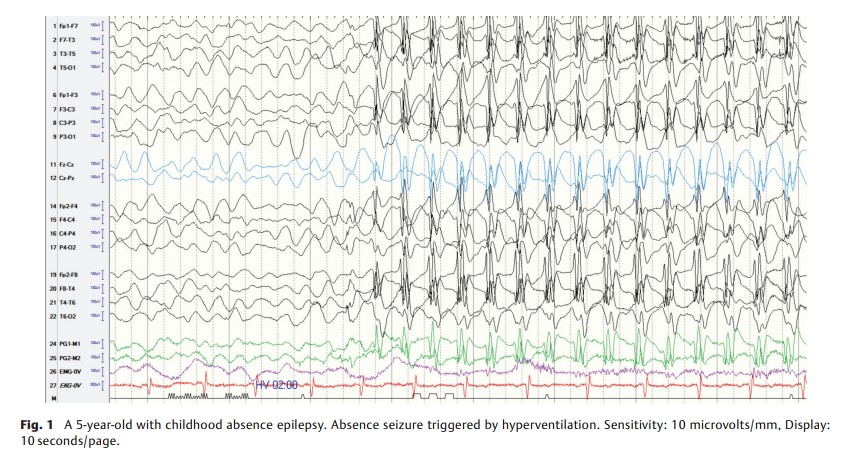
Hyperventilation and seizures have a long association in the clinical literature and were known to have a relationship long before the electroencephalogram (EEG) was used to record changes in brain activity. As the use of EEG recording progressed, hyperventilation was the first activation method used to assist with diagnosis of epilepsy. Along with slowing of brain activity, hyperventilation can activate epileptiform spiking activity in patients with epilepsy. Currently, hyperventilation is used in standard practice to assist with the diagnosis of epilepsy during EEG recording. Hyperventilation activates epileptiform spiking activity more often than seizures but can trigger clinical seizures in up to 50% of patients with generalized epilepsy. It is more likely to trigger events in children with absence seizures than adults, and it acts as a trigger in patients with focal epilepsy far less often. However, while some clinicians suggest that its diagnostic value is limited, especially in adults with focal epilepsies, others suggest that it is simple, safe, and an important diagnostic tool, even in these patients. This review presents the history of hyperventilation and seizures, its use in the clinical practice, and possible mechanisms involved.
Journal of Pediatric Genetics
First Clinical Report of Two RAB3GAP1 Pathogenic Variant in Warburg Micro Syndrome
Akkuş, Duman
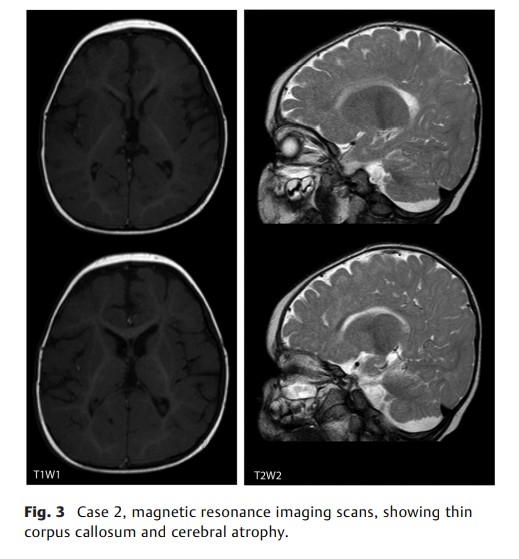
Warburg micro (WARBM) syndrome is an autosomal recessive disease characterized by severe brain and eye abnormalities. Loss-of-function mutations in RAB18, RAB3GAP2, RAB3GAP1, or TBC1D20 can lead to this disease. Here, we present two unrelated WARBM syndrome patients who had an RAB3GAP1 c.559 C > T, (p.Arg187Ter) and c.520 C > T (p.Arg174Ter) homozygous state. Both patients had microcephaly, microphthalmia, microcornea, bilateral congenital cataracts, severe intellectual disability, and congenital hypotonia. Using the method of next-generation sequencing and sanger sequencing, we found two nonsense variations at the splice site in exon 7 of RAB3GAP1 in the WARBM syndrome patients. The mutations were predicted to cause the syndrome due to the early stop codon, and the patients had the WARBM1 syndrome. We present the first clinical report of two different unreported variants with RAB3GAP1 mutation in the literature.
European Journal of Pediatric Surgery Reports
Nakajima et al.
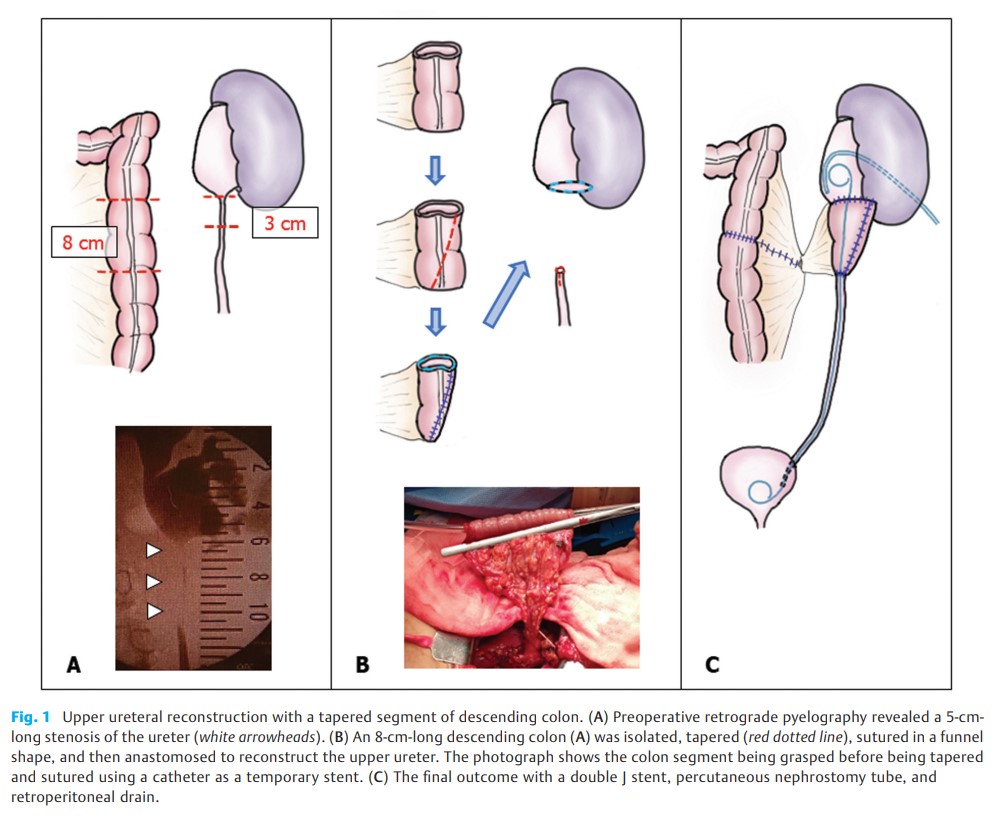
An 11-year-old boy was referred for further management of a 6-cm-long grossly stenosed ureter following two failed left ureteropelvic junction (UPJ) obstruction repairs elsewhere. A tapered segment of the descending colon (TDC) was used successfully for ureteral reconstruction. The UPJ was exposed through a left flank incision. The stenosed segment was excised; both ends appeared severely inflamed and thickened. Tissue interposition was required and ureteroplasty with a TDC was performed by incising the peritoneum adjacent to the excised ureter to mobilize the descending colon to the retroperitoneal space. To prepare the TDC, an 8-cm segment of the colon with intact blood vessels was isolated, tapered, and sutured into a funnel shape using a 14-Fr catheter as a temporary stent.
Journal of Child Science
An Implicit Cause of Prolonged Neonatal Jaundice: Vitamin B12 Deficiency
Aygun et al.
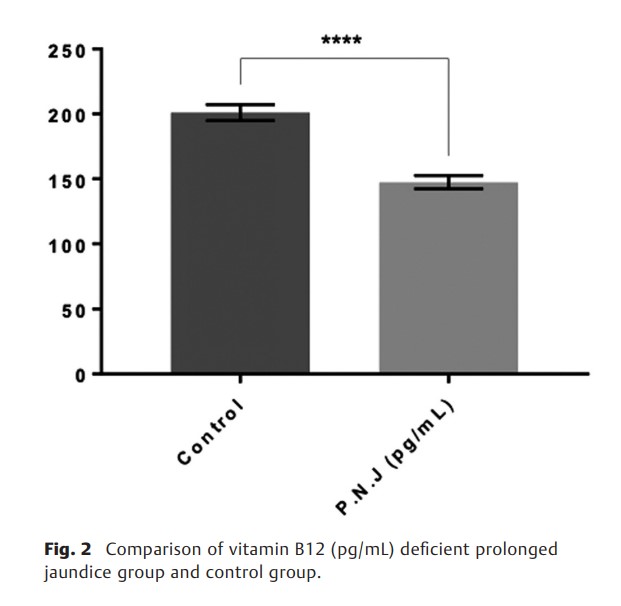
Prolonged jaundice is defined as a serum bilirubin level of more than 5 mg/dL, which persists at postnatal 14 days in term infants and 21 days following birth in preterm infants. Although the underlying causes cannot be found in the majority of prolonged jaundice cases, this may be the first sign of a serious issue. Therefore, this study aimed to evaluate the association between vitamin B12 deficiency and prolonged jaundice in newborns.
